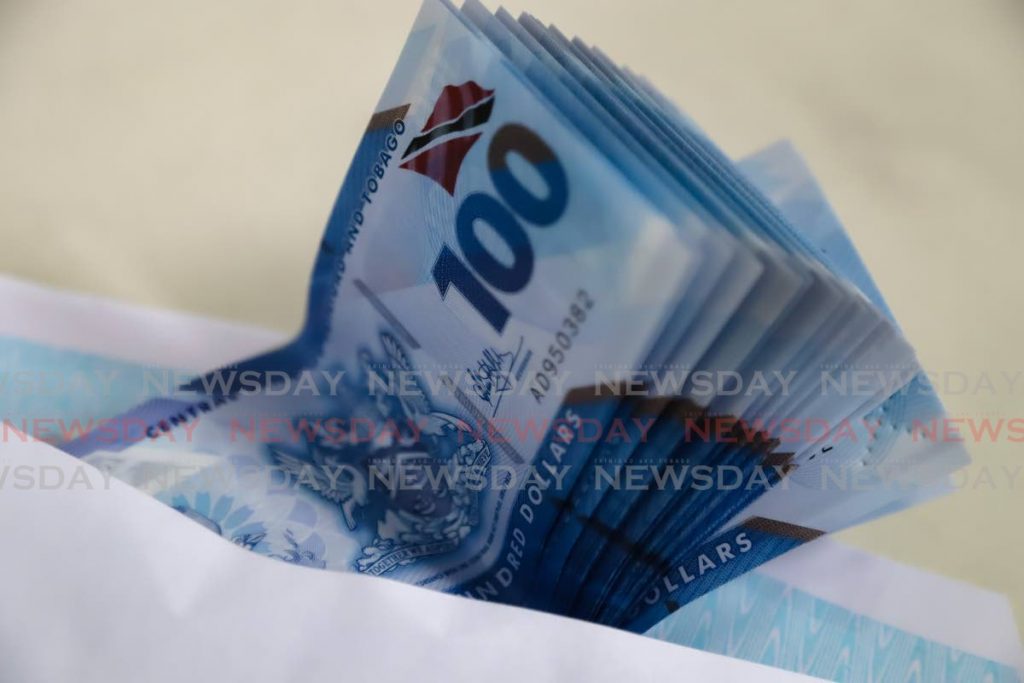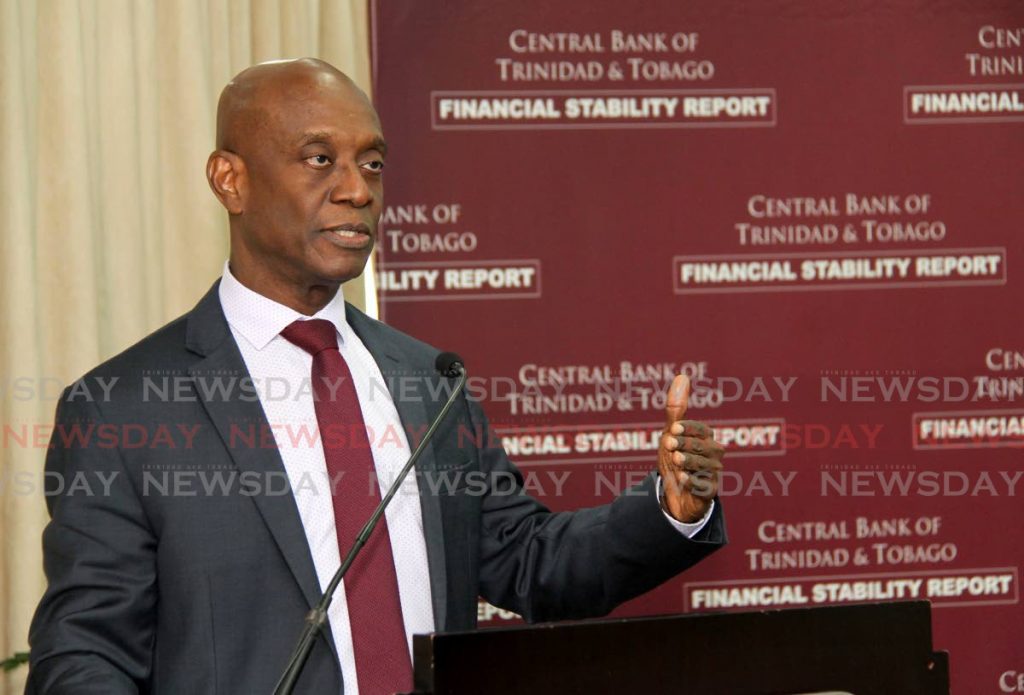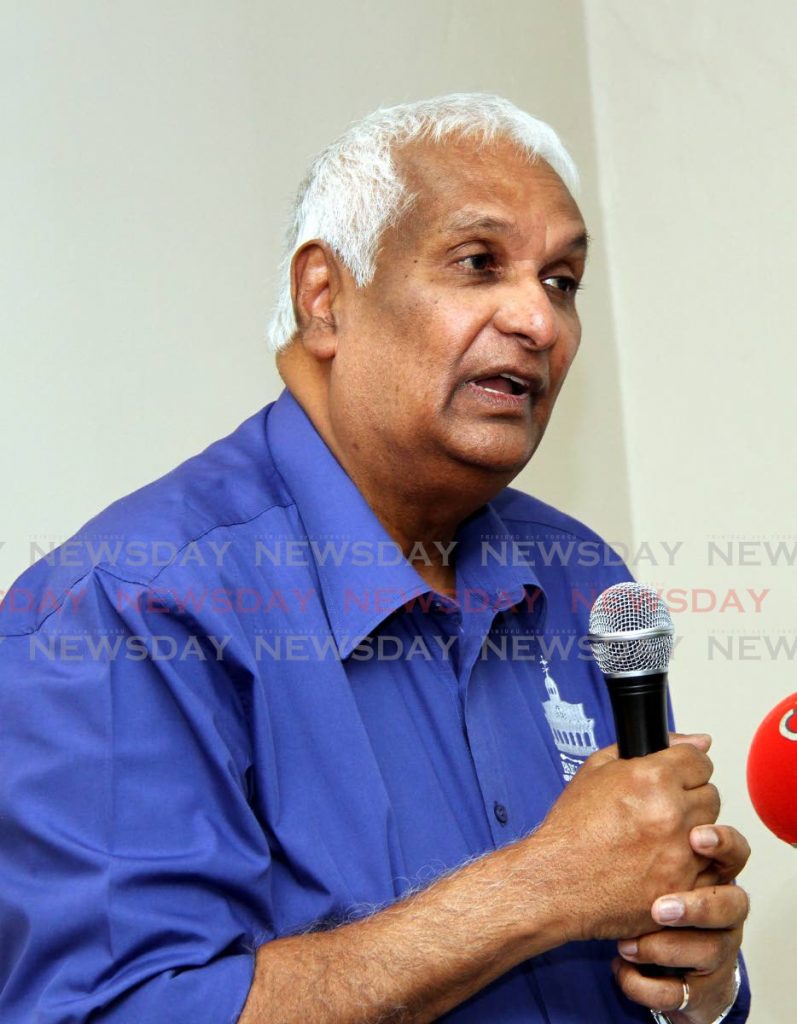Print money to finance government spending

Kiran Mathur Mohammed
The Central Bank must consider directing firepower to the Government. Traditional policy isn’t working. The bank must explore direct government financing – in time for budget day.
Covid19 has smashed the economy. Spending and investment have plunged to historic lows. Prices were already depressed following years of recession and show no sign of going anywhere but flat or down. Tens of thousands continue to be forced out of their jobs.
The Central Bank has injected large amounts of cash into the system. But those that can borrow won’t risk it. Those that need to borrow are too risky to lend to. Responding to Newsday, Governor Alvin Hilaire noted, “an understandable reluctance on the part of individuals and businesses to enter into further borrowing.” The result? After all the Central Bank interventions, more than $12 billion sits trapped in bank accounts, doing nothing to create jobs.

TT is not alone in this. Central banks globally have found that traditional tools – interest rates and reserve requirements – don’t work in the face of a global pandemic that has decimated confidence: creating a supply shock and a demand shock at the same time.
If the Central Bank’s tools aren’t working and the private sector isn’t spending, it makes sense that the Government should step in to plug the gap. Indeed, the Government, well aware that people are suffering, has made efforts to do so, starting with its covid19 grants. But the Finance Ministry is constrained by how much it can responsibly borrow and spend without worrying bondholders, lenders and rating agencies.
Is there any way that the Government and Central Bank can escape this bind?
Even before covid19, the central banks of rich countries, particularly the United States, Europe and Japan, started directly printing money to lend to governments, allowing them to borrow and spend more than they would otherwise be able to. This is known as quantitative easing or QE.
In normal times, printing money for government spending was something that could only be responsibly done by countries such as the United States, or irresponsibly done by those such as Zimbabwe and Venezuela.
But these are extraordinary times. The crucial difference is that prices and inflation, already at historic lows before covid19, are not expected to go anywhere fast. Countries now have some space to print money without causing prices to rise dramatically and currencies to devalue.
That’s why the Financial Times (FT) in its June 17 editorial reported: “Quantitative easing has now, truly, gone global." About a dozen poorer countries in Africa, Latin America, eastern Europe and Southeast Asia faced with rapidly rising unemployment, low inflation and liquidity traps, have turned to quantitative easing.
This has and continues to be a last resort for these countries – something only to be explored when traditional policies like interest rates have reached their limits and excess liquidity begins to pile up. We need to start asking whether we have reached that point.
According to the FT: “so far it is middle-income countries rather than the poorest that have embarked on quantitative easing. Croatia, Poland and Romania all launched their first programmes earlier this month, while the Hungarian central bank has restarted its bond-buying programme. Colombia, meanwhile, became the first Latin American country to experiment with QE in March, followed by a Chilean plan to buy up to $8bn of bonds, equivalent to three per cent of the country’s national income.”
“The emerging markets which have spent the past decade doing the right thing — building up reserves and keeping borrowing under control — can now use the space they have created.” As a middle-income country, we have space to manoeuvre.
Now we cannot import policies wholesale – TT is different from Colombia or Indonesia. Any analysis of our options can and must consider the impact of government spending on foreign exchange – and recommend policies to manage it. Here, there may be scope for the government to unlock some of the US dollars sitting in the system earning negative returns.
According to former Central Bank governor and finance minister Winston Dookeran: “The concerns that the TT currency is not an international currency and the use of such a tool may create instability in the foreign exchange market can be addressed by the structuring of a long term bond backed by a self-liquidating US instrument.” Can we borrow locally in US dollars to fund Central Bank interventions, instead of drawing on our reserves?

Dookeran stresses: “The foreign exchange leakage can be mitigated by guiding where the money is spent…to the private sector to initiate expansion for export.” This is critical: if the Central Bank is to finance the Government directly – the money must be used for productive projects with the potential to generate foreign exchange.
Any proposed measures need to be monitored and managed closely with the Finance Ministry to ensure public confidence in debt is maintained. The Central Bank and Government must convene a committee to rapidly analyse the options around quantitative easing and local USD borrowing – especially any that require legislative amendments.
Note the FT’s position: “There need not be a taboo against emerging markets using QE.” Currently, there are already experts advising the Government, alongside several senior finance officials and bankers. According to Dookeran, the first to table the idea in the Road Map to Recovery committee: “in these extraordinary times, the Central Bank must reinvent its role, and move beyond legalistic boundaries and old tools to pivot towards reducing unemployment.”
If the Central Bank and Government move fast, they may be able to bring new firepower to bear on the economy. We owe it to the most vulnerable to do whatever it takes.
Kiran Mathur Mohammed is a social entrepreneur, economist and businessman. He is a former banker, and a graduate of the University of Edinburgh.


Comments
"Print money to finance government spending"